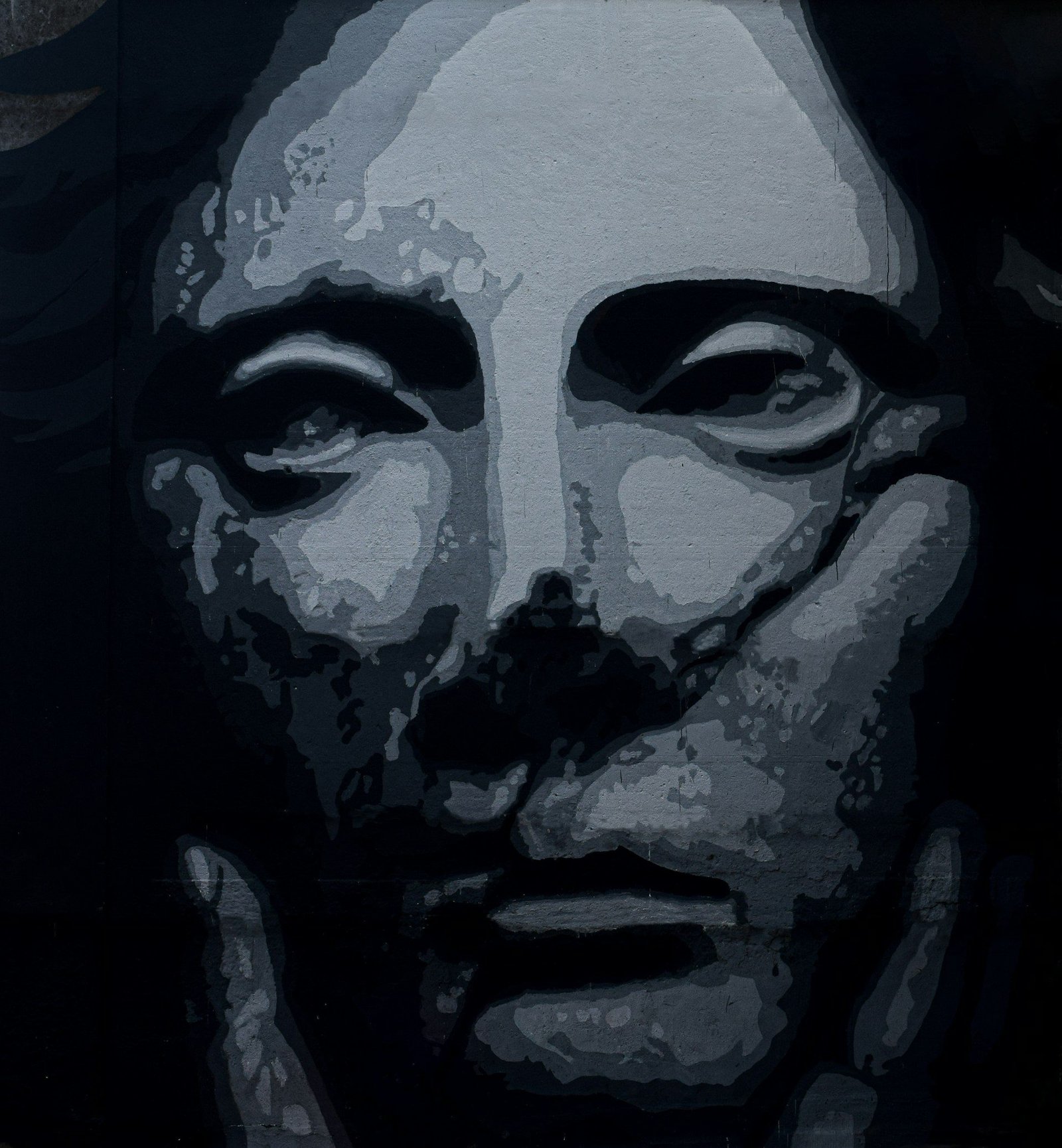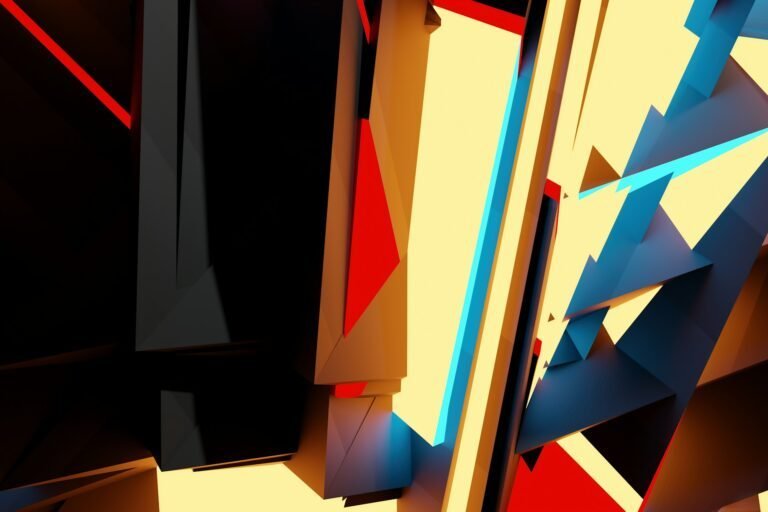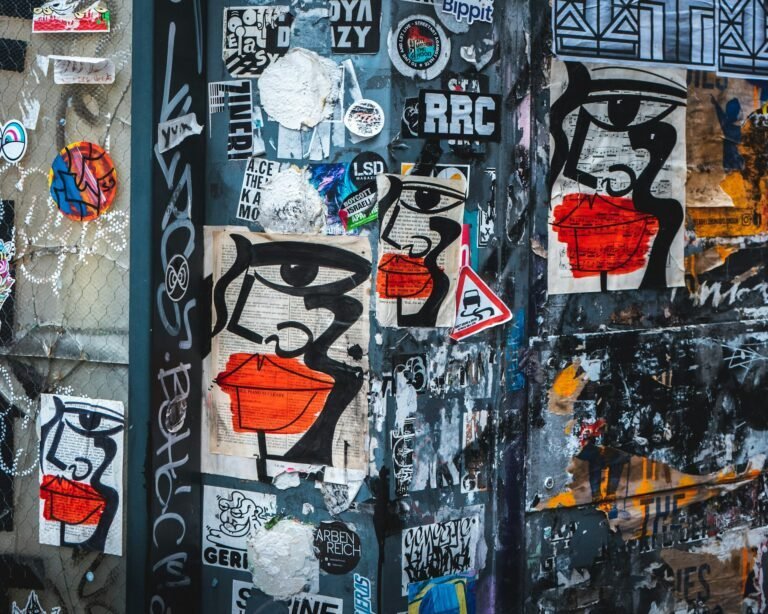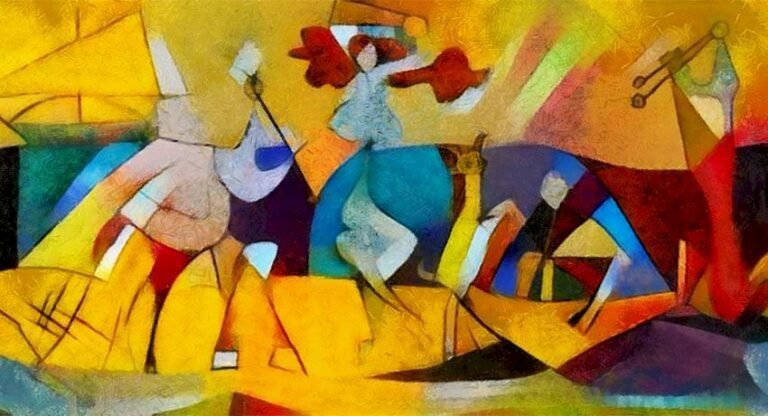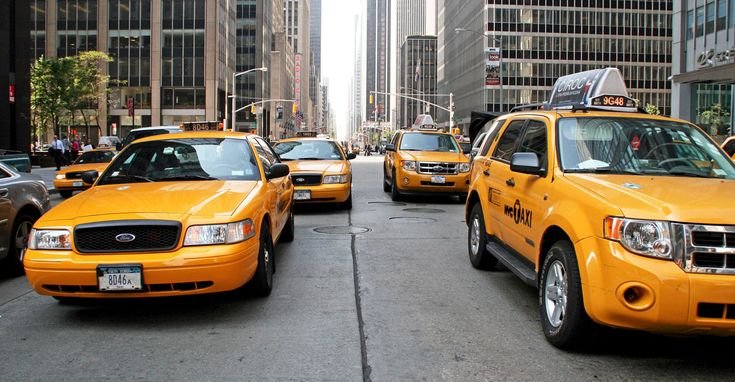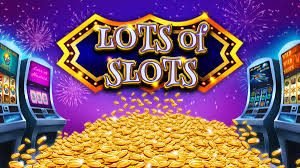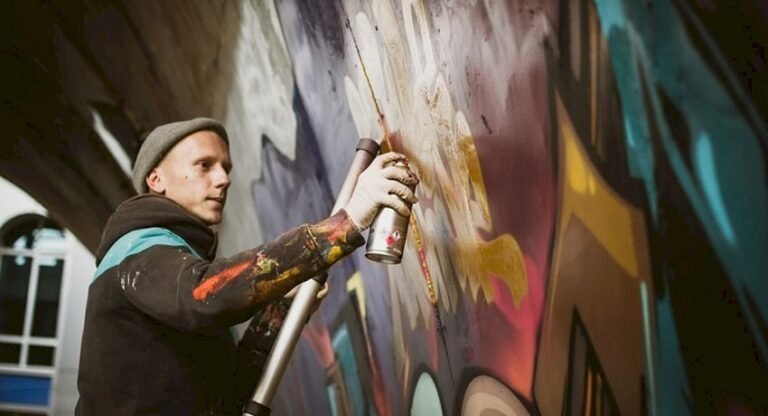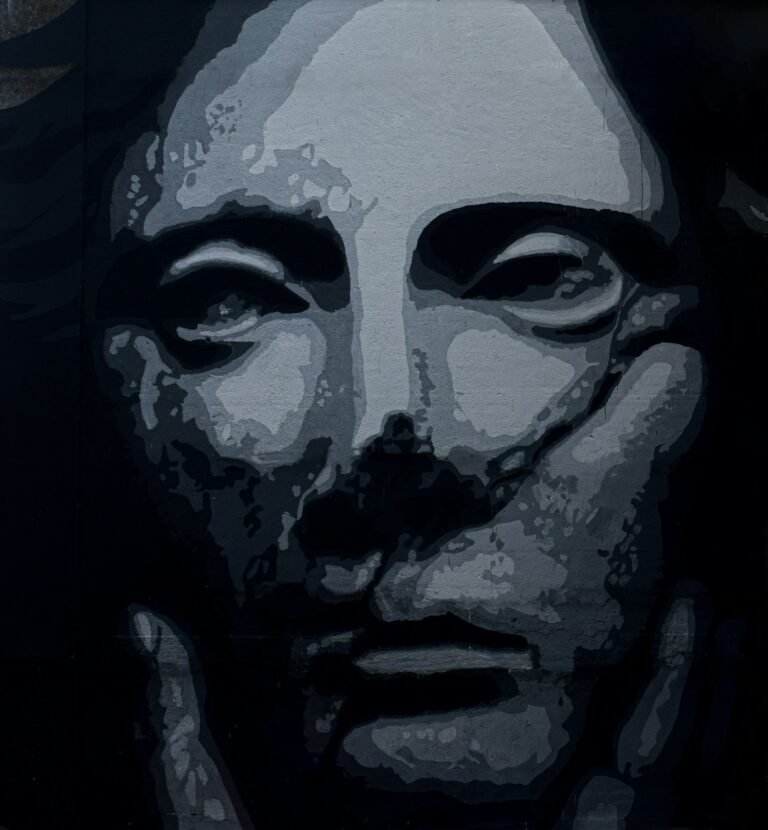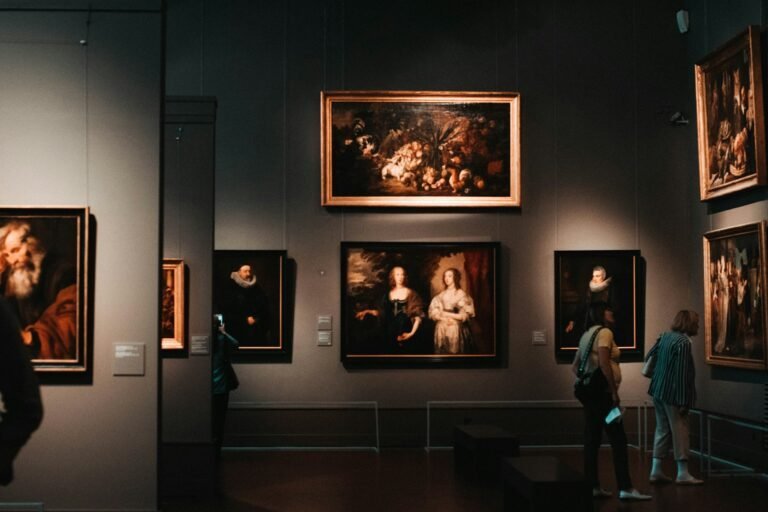Art has always been a mirror of human consciousness — a visual embodiment of our triumphs, fears, passions, and questions about existence. While traditional and classical art movements have often celebrated beauty, order, and light, another equally powerful current has explored the shadows of the human condition — the Dark Art Movement. The Dark Art Movement, sometimes referred to as “macabre art” or “dark surrealism,” is a modern and evolving genre that delves into themes of death, decay, horror, existentialism, and the subconscious mind. Unlike art movements that focus on idealized visions of humanity, dark art confronts the unsettling truths and emotions that lie beneath the surface of everyday life. Emerging from centuries of fascination with mortality and the grotesque, this movement challenges societal norms about what art should represent and pushes boundaries between beauty and ugliness, sanity and madness, and life and death.
Historical Origins and Influences
The roots of the Dark Art Movement extend deep into the history of Western and non-Western art. Its foundations can be traced to the medieval fascination with memento mori — symbolic reminders of mortality. In medieval Europe, artists frequently depicted scenes of the danse macabre, or “dance of death,” portraying skeletons leading the living toward their inevitable ends. These images were not only religious warnings but also philosophical reflections on human fragility. Similarly, in the Renaissance, artists like Hieronymus Bosch and Pieter Bruegel the Elder incorporated nightmarish imagery to depict sin, punishment, and moral chaos. Bosch’s The Garden of Earthly Delights (circa 1500) remains one of the most haunting examples of proto-dark art, combining surrealism, religious allegory, and grotesque imagination.
The Baroque period continued to explore dark themes through dramatic contrasts of light and shadow, or chiaroscuro, exemplified by Caravaggio’s intense realism and psychological depth. Meanwhile, Romanticism in the 18th and 19th centuries further expanded the artistic vocabulary of darkness. Artists such as Francisco Goya, Eugène Delacroix, and Henry Fuseli delved into madness, nightmares, and the sublime terror of nature and humanity. Goya’s The Black Paintings series, especially Saturn Devouring His Son, remains a cornerstone of the dark aesthetic — a visual embodiment of despair, horror, and the cruelty of existence.
The Dark Art Movement also drew inspiration from the Gothic literature and architecture of the 18th and 19th centuries. Writers like Edgar Allan Poe, Mary Shelley, and H. P. Lovecraft explored psychological horror and existential dread, themes that found visual parallels in painting, sculpture, and illustration. The late 19th century Symbolists, such as Odilon Redon and Gustave Moreau, also influenced the movement by infusing dreamlike, morbid imagery with spiritual and emotional undertones. Later, the Surrealists of the 20th century — notably Salvador Dalí and Max Ernst — laid the groundwork for modern dark artists by blending the unconscious, erotic, and grotesque in striking visual forms.
The Emergence of the Modern Dark Art Movement
While the fascination with darkness has ancient roots, the modern Dark Art Movement began to crystallize in the late 20th century, coinciding with the postmodern era’s skepticism toward traditional ideals and the rise of alternative subcultures. The aftermath of two World Wars, the Cold War anxieties, and rapid technological and social change produced a generation of artists drawn to themes of alienation, trauma, and decay. The punk and gothic subcultures of the 1970s and 1980s also contributed significantly to the visual language of dark art, promoting anti-establishment aesthetics and embracing the beauty of the macabre. Album covers, tattoo designs, and underground zines began to merge fine art with horror and surrealism, creating a hybrid visual culture.
The internet age further revolutionized dark art by giving it a global platform. Artists who once operated on the fringes could now share their works with vast online communities. Digital illustration, 3D modeling, and virtual reality expanded the scope of dark aesthetics, making the movement one of the most dynamic and accessible art forms of the 21st century. Websites, social media platforms, and specialized galleries such as Copro Gallery (Los Angeles) and Last Rites Gallery (New York) became key institutions promoting the genre. Artists like Chet Zar, Zdzisław Beksiński, H. R. Giger, and Laurie Lipton gained international recognition for their hauntingly detailed depictions of dystopian worlds, psychological terror, and existential absurdity.
Philosophical and Psychological Dimensions
At the core of the Dark Art Movement lies a profound engagement with human psychology and philosophy. Dark art is not merely an aesthetic preference for the grotesque or the morbid; it is a form of existential inquiry. It confronts questions of mortality, identity, fear, and suffering that mainstream culture often suppresses. Drawing from existentialist and psychoanalytic thought, dark art visualizes the subconscious — the repressed fears, traumas, and desires that shape human experience.
Sigmund Freud’s theories of the unconscious, particularly his ideas about repression and the uncanny (das Unheimliche), play a crucial role in understanding dark art. Freud described the uncanny as something simultaneously familiar and foreign, a return of the repressed that evokes both recognition and terror. This concept manifests in dark art through distorted bodies, surreal landscapes, and hybrid creatures — visualizations of psychological dissonance. Similarly, Carl Jung’s notion of the “shadow” — the dark aspect of the psyche that one must confront to achieve self-integration — resonates deeply with dark artists. By externalizing the shadow through art, they invite viewers to face their own inner darkness.
Philosophically, dark art aligns with existentialism and nihilism. Thinkers such as Friedrich Nietzsche, Jean-Paul Sartre, and Albert Camus questioned the meaning of existence in an indifferent universe. Dark artists often visualize this tension between the search for meaning and the void, using decay, death, and distortion as metaphors for human impermanence. In this sense, dark art becomes not a celebration of despair but an act of defiance — a creative confrontation with the inevitable.
Aesthetic Characteristics and Style
The aesthetic of the Dark Art Movement is defined by its emotional intensity, symbolic complexity, and technical diversity. While there is no single unified style, certain visual and thematic traits recur across the genre. The color palette often leans toward desaturated tones, deep blacks, greys, and muted reds, evoking somber atmospheres and psychological tension. Lighting plays a crucial role — whether through stark chiaroscuro reminiscent of Baroque masters or ethereal glows that suggest otherworldly illumination.
Figuratively, dark art frequently portrays distorted or hybrid forms — human figures fused with mechanical, animal, or abstract elements. This distortion symbolizes the fragmentation of identity and the intrusion of technology or decay into the organic. Landscapes are often surreal, post-apocalyptic, or dreamlike, representing psychological rather than physical spaces. Thematically, death, decay, and transformation dominate, but so too do redemption, rebirth, and transcendence. Many dark artists balance horror with beauty, creating a paradoxical harmony between attraction and repulsion.
Techniques in dark art vary widely. Traditional mediums like oil painting, ink, and graphite coexist with digital illustration, photography, and sculpture. The use of mixed media allows for rich textures and depth, enhancing the visceral impact of the imagery. The integration of digital technology, especially through CGI and 3D rendering, has expanded the possibilities of visual storytelling within the movement, blurring the line between fine art, cinema, and video games.
Key Artists and Their Contributions
Several influential figures have shaped the identity of the Dark Art Movement. One of the most significant is Zdzisław Beksiński (1929–2005), a Polish painter and photographer known for his nightmarish surrealism. Beksiński’s works depict post-apocalyptic landscapes, skeletal figures, and dreamlike architecture rendered with haunting realism. His art defies straightforward interpretation, embodying existential despair and the subconscious in visual form. Beksiński rejected explicit explanations for his works, insisting that art should evoke emotion rather than intellect — a principle central to the dark art ethos.
Another pivotal figure is H. R. Giger (1940–2014), the Swiss artist best known for his design work on the Alien film franchise. Giger pioneered the “biomechanical” aesthetic, merging human anatomy with machine forms to explore themes of sexuality, death, and dehumanization. His works, such as Necronom IV, reveal a futuristic dystopia where organic and synthetic life intertwine in disturbing harmony. Giger’s influence extended far beyond visual art into film, music, and industrial design, making him one of the most recognizable figures in dark aesthetics.
Chet Zar, an American contemporary artist, is often credited with popularizing the modern Dark Art Movement. Initially working in film special effects, Zar transitioned to painting and used his background in visual storytelling to create emotionally charged portraits of grotesque but sympathetic beings. His works combine painterly realism with fantasy, evoking empathy rather than fear. Through his exhibitions and advocacy, including the creation of the documentary I Like to Paint Monsters (2015), Zar helped legitimize dark art as a serious and expressive art form.
Other notable contributors include Laurie Lipton, known for her intricate graphite drawings that blend surrealism, social commentary, and macabre imagery, and Travis Louie, whose Victorian-inspired portraits of otherworldly beings blur the line between the bizarre and the beautiful. Contemporary digital artists such as Boris Groh, Daniele Afferni, and Rafal Olbinski continue to expand the visual language of dark art in the digital realm.
Cultural and Social Context
Dark art thrives in a world increasingly marked by uncertainty, conflict, and technological alienation. The 21st century, characterized by rapid globalization, political instability, and environmental crises, has intensified collective anxieties about the future. Dark artists respond to these conditions by transforming fear and despair into visual narratives. Their works act as both mirrors and medicine — reflecting societal trauma while offering catharsis through confrontation.
The popularity of horror films, dark fantasy, and dystopian fiction in mainstream culture has also elevated the status of dark aesthetics. Visual trends in entertainment, fashion, and music — from gothic couture to heavy metal album art — share a symbiotic relationship with the Dark Art Movement. Moreover, social media platforms have democratized artistic expression, allowing dark artists to build communities around shared emotions and themes that were once marginalized.
Importantly, dark art challenges the commercialization and superficial optimism of modern consumer culture. By emphasizing mortality, imperfection, and the grotesque, it resists the sanitized images of beauty and success propagated by advertising and mass media. This resistance imbues dark art with a subversive political dimension — an assertion of authenticity in an era of artificiality.
Interpretation and Meaning
Interpreting dark art requires openness to ambiguity. Unlike didactic or representational art, dark art does not seek to deliver clear messages; instead, it provokes introspection and emotional reaction. The viewer becomes a participant in decoding the symbolism and psychological depth embedded within the work. For some, dark art serves as a therapeutic outlet for grief, trauma, or existential doubt. For others, it offers aesthetic pleasure in confronting taboo subjects.
The beauty of dark art lies in its paradox. It transforms pain into poetry, horror into harmony, and death into dialogue. By aestheticizing darkness, it reclaims what society often hides — the inevitability of suffering and the complexity of the human psyche. In doing so, dark art does not glorify despair but seeks balance between light and shadow, suggesting that both are essential to human wholeness.
Dark Art and Other Disciplines
Dark art intersects with numerous other creative fields. In cinema, directors such as David Lynch, Guillermo del Toro, and Darren Aronofsky have incorporated dark artistic principles into their visual storytelling, blending surrealism, symbolism, and psychological horror. In literature, the themes of decay, madness, and transcendence parallel the visual explorations of artists like Beksiński and Giger. Music, particularly in gothic rock, industrial, and black metal genres, shares aesthetic and thematic kinship with dark art — both express rebellion, melancholy, and fascination with the metaphysical.
In fashion, designers like Alexander McQueen and Rick Owens have integrated dark aesthetics into haute couture, turning death and decay into statements of elegance and power. Similarly, in tattoo art, dark imagery serves as both decoration and self-expression, allowing individuals to externalize personal struggles and beliefs through visual symbols.
Criticism and Misinterpretation
Despite its growing acceptance, the Dark Art Movement has faced criticism and misunderstanding. Some view it as morbid, nihilistic, or sensationalist, accusing it of glorifying violence or despair. However, such interpretations often overlook the introspective and cathartic dimensions of dark art. Just as tragedy in literature provides emotional depth and moral reflection, dark art uses the grotesque to reveal deeper truths about human nature. Far from promoting negativity, it invites viewers to embrace vulnerability, mortality, and the full range of human emotion.
Academic recognition of dark art has been limited, partly due to its association with subcultures and popular media. However, this boundary between “high” and “low” art is increasingly dissolving in the postmodern era. Museums and galleries now feature exhibitions of dark surrealism and macabre art, acknowledging their cultural and psychological relevance. As society becomes more open to discussions about mental health, trauma, and existential uncertainty, dark art’s role as a form of emotional dialogue is gaining legitimacy.
The Future of Dark Art
As we move deeper into the 21st century, the Dark Art Movement continues to evolve in response to technological and societal changes. Virtual reality and artificial intelligence offer new tools for immersive dark experiences, allowing artists to construct entire digital worlds that evoke emotion and introspection. The rise of environmental awareness and posthuman philosophy has also influenced dark art, expanding its themes to include ecological decay, technological dependence, and the fragility of the human species.
Moreover, the globalization of art has diversified the movement. Non-Western artists are incorporating cultural and spiritual interpretations of darkness — from Japanese yūrei (ghost) imagery to Mexican Día de los Muertos iconography — enriching the movement’s visual and symbolic vocabulary. This cross-cultural exchange reinforces dark art’s universal appeal: every culture, after all, has its myths, fears, and visions of the unknown.
Conclusion
The Dark Art Movement is more than a stylistic or thematic trend; it is a profound reflection of the human condition. Rooted in centuries of artistic fascination with mortality, madness, and the sublime, it continues to challenge and expand our understanding of beauty and meaning. By confronting what society often avoids — death, decay, fear, and the subconscious — dark art restores balance to the emotional and philosophical spectrum of human creativity. It reminds us that darkness is not the absence of light but its necessary counterpart. In the chiaroscuro of existence, the shadows define the form of life itself.
Ultimately, the Dark Art Movement stands as a testament to the resilience of the human spirit — an art of confrontation, catharsis, and transcendence. It invites us to look into the abyss not to succumb to it, but to recognize our reflection within it. In doing so, dark art transforms fear into understanding, despair into creation, and darkness into an essential element of beauty.
